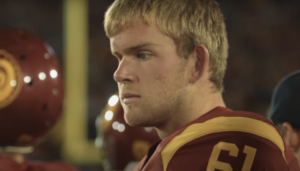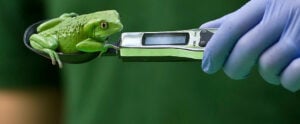These days, most of us are able to shoot movies in an instant. The ‘movies’ might not be any good, and even calling your shaky video of a mediocre sunset a ‘movie’ is itself rather self-aggrandizing, but with smartphones in our pockets, the ability to capture high-quality motion pictures has never been easier. You don’t need me to tell you this was not always the case…
This is the story of the first movie(s) ever made.
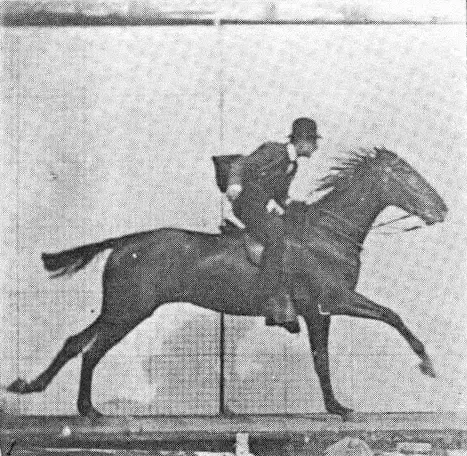
Blurred lines, dates, definitions and the ever-evolving world of cinematography mean that this article could go on for a long, long time. It doesn’t. There are two answers that we know of, and while these ‘movies’ were made for very different reasons, both deserve recognition as the first ever made.
Louis Le Prince’s Roundhay Garden Scene is the oldest motion picture that we know of, and the oldest surviving movie. With a run-time of just two seconds (2.11 to be precise), it depicts the French artist’s family walking around a garden in Leeds, England, in 1888. It features Le Prince’s son, Adolphe, and his in-laws, Joseph and Sarah Whitley – the latter of which died just 10 days after being filmed.
You can find the movie below. Grab an extra-large popcorn, you’ll be here a while.
That’s it. In just 2.11 seconds the motion picture was born. Le Prince recorded Roundhay Garden Scene on a single-lens camera that he patented later the same year. He used Eastman Kodak paper base photographic film.
Despite his pioneering work, Le Prince did not initially receive much recognition. He mysteriously disappeared just two years after filming Roundhay Garden Scene, seen boarding a train in Dijon, France, and then never again. Conspiracies flew about what happened to Le Prince, as he was planning to publicly exhibit his technology in America soon after, but the mystery was never solved.
It was not until the 1920s that Le Prince’s work began to receive retrospective attention.
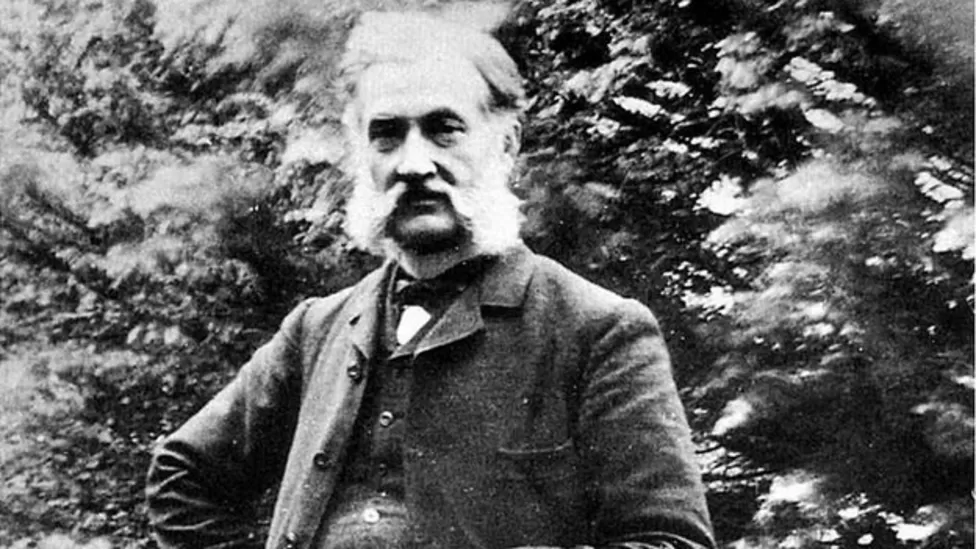
While Le Prince may have created the first motion picture (a moving, recorded image on a single camera), it was technically the English photographer Eadweard Muybridge who developed the first movie by using multiple cameras. He was inspired, originally, by a rather pointless debate sweeping across America at the time:
When a horse trots or gallops, are all of its hooves in the air at the same time?
Muybridge was commissioned in 1872 by Leland Stanford, the founder of Stanford University. Stanford offered Muybridge $2,000 to prove whether or not horses engage in “unsupported transit”.

They do, as it turns out. Muybridge settled that debate easily enough, capturing a horse with all four feet in the air within months. That was just the beginning, however, and a six-year, $50,000 project ensued, with Muybridge rapidly advancing photography and eventually developing the world’s first example of stop-motion animation.
At the time, photo exposures typically took between 15 seconds and a minute. Cameras were, therefore, incapable of capturing moving objects, let alone galloping horses. With Stanford his generous benefactor, Muybridge reduced the camera’s shutter speed down to 1/25 of a second.
By 1978, the stage was set for Muybridge to try and bring it to life. On June 15th, on what is now the Stanford University campus, he set up 12 large glass-plate cameras in a line, in front of a white sheet background to reflect light. The camera shutters were automatically triggered when a horse tripped the wires connected to a circuit Muybridge had devised. The 12th camera was not used, but Muybridge brought them together the first 11 frames at high speed, using a circular metal housing cranked by hand. This device became known as the Zoopraxiscope, and Galloping Horse, back in 1878, became the world’s first ‘movie’.
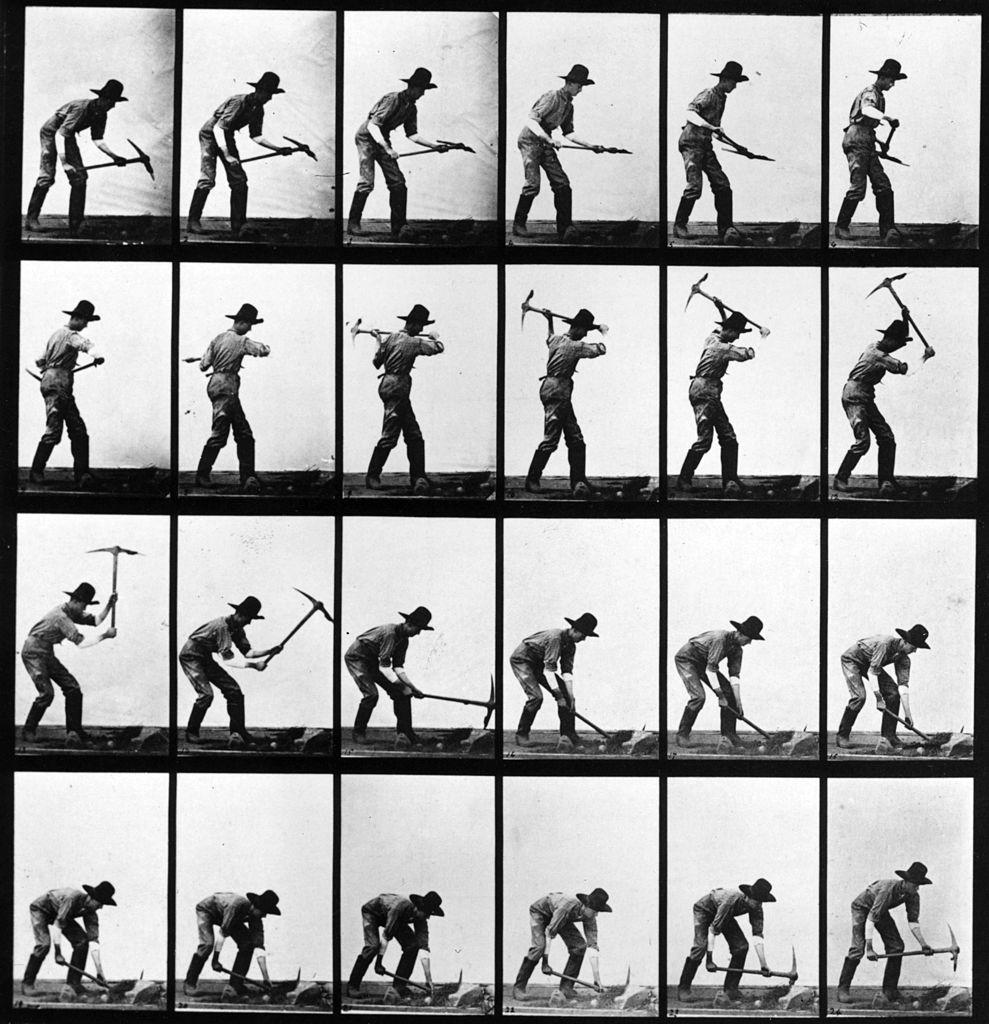
While he didn’t vanish like Le Prince, Muybridge’s life and inaugural movie were also mired in a controversy of their own. In 1874, he shot and killed Major Harry Larkyns, his wife’s lover, who correspondence revealed might be the actual father to Muybridge’s son.
He was arrested and pled insanity, which was dismissed, but in the controversial trial Muybridge was then acquitted on grounds of justifiable homicide. He celebrated his freedom by traveling around Central America in 1875 on a photographic expedition.



